North American XB-28
At the time the North American NA-40, the prototype of the later B-25 Mitchell, made its first flight early 1939 North American’s design bureau was already working on the design of a successor. Known as ‘Project NA-63’ it was in particular intended for a task for which the B-25 was less suitable: as high-altitude bomber. Eventually the U.S.A.A.F. lost their interest in this project because most bombing sorties with twin engine types were made from medium or low altitude and only two prototypes were built.

Development and test flying:
Originally the new high altitude bomber bore a striking resemblance with North American’s B-25 Mitchell, including a twin fin layout. The main difference was the fuselage section that featured a circular cross-section to make it more suitable for pressurization. Since the defensive turret armament was planned outside the pressurized section they were all remotely controlled using a periscope gun-sight behind the cockpit section on top and below the fuselage. The gunners were seated in backwards seats directly behind the pilot’s seats. Pressurization was achieved by maintaining an internal pressure equivalent of 2400 m at an altitude of approx. 10,000 m. Strength of the fuselage was obtained by using a heavy gauge of aluminium sheet. Further, the cabin section was sealed by rubber strips sandwiched between all riveted joints and by spraying a plastic compound over the whole internal skin. Pressure was maintained by a mechanical-driven ‘Rootes’ compressor and the air was heated before it entered the cabin. The whole project was so promising that on 13 February 1940 a contract was placed for three prototypes.
By the time the first prototype, designated as XB-28, was ready to fly the twin fin had been replaced by a single large-size central fin.
The XB-28, with serial number 40-3056, made its first flight on 26 April 1942 from Mines field airport in California, near North American’s Inglewood plant. It was fitted with two Pratt and Whitney R-2800-11 radial engines housed in large and well streamlined wing nacelles.
During the flight test program the XB-28 fully met its expectations. In particular its top speed of almost 600 km/h was impressive. Also the high-altitude performances were found to be excellent.
Eventually the Army Air Corps had second thoughts on a new high altitude medium bomber because most missions with this type were flown at medium or low altitude. Since the heavy B-29 Superfortress, then in full operational development, fully met the demand for high-altitude bombing the project was cancelled and the second XB-28 prototype no. 40-3058 was never built. Further the U.S.A.A.C. was of opinion the North American’s production facility at Inglewood could be far better used for production of already existing types. This was, however, not the final end of the XB-28.
The Army Air Corps fully recognized the excellent high-altitude capabilities and requested North American to build a third prototype no. 40-3056 as a high-altitude photo reconnaissance plane under the type designation XB-28A. It was fitted with R-2800-27 radials. The XB-28A had a maximum take-off weight that was some 1000 kg lighter than the fully loaded bomber prototype. With no bombs on board, the bomb bay was to be fitted with cameras and -if needed- extra fuel tanks.
Unfortunately the XB-28A prototype crashed on 4 August 1943 in the Pacific during a test flight after the crew bailed out . This meant the definitive end of the project!
In some literature the XB-28 is given the name ‘Dragon’, but as far as known this never was officially used. In fact this name was (also unofficially!) used on an earlier North American bomber design; the XB-21. Also the name ‘Super Mitchell’ was never officially used!
Production:
Serial numbers 40-3056 and 40-3058; no. 40-3057 was cancelled
Technical details (XB-28A):
Powerplant: 2× Pratt & Whitney R-2800-27 turbo-supercharged radial engines rated at 2,000 hp (1,500 kW) each
Dimensions:
-Length: 17.20 m (56 ft 5 in)
-Wingspan: 22.12 m (72 ft 7 in)
-Height: 4.27 m (14 ft 0 in)
-Wing area: 62.8 m² (676 ft²)
Weights:
-Empty weight: 11,600 kg (25,575 lb)
-Loaded weight: 16,210 kg (35,740 lb)
-Max take-off weight: 16,874 kg (37,200 lb)
Performances:
-Maximum speed: 599 km/h (372 mph) at 7,600 m (25,000 ft)
-Cruise speed: 410 km/h (255 mph)
-Range: 3,280 km (2,040 mi)
-Service ceiling: 10,213 m (33,500 ft)
-Rate of climb: 1,111 ft/min (6 m/sec)
-Wing loading: 258.14 kg/m² (52.87 lb/ft²)
Armament:
-Guns: 6 × 12.7 mm (.50 in) machine guns in 3 remotely-controlled turrets
-Bombs: 1,814 kg (4,000 lb); for reconnaissance missions the bomb bay was used to install camera’s
Crew: 5
Details:
The XB-28 was a high wing twin engine monoplane with a circular section fuselage and a large central dorsal fin. The engines drove four bladed propellers that ran in opposite direction to eliminate torque forces. It featured a central bomb-bay and thee double gun stations; one in the tail section and the two others in dorsal and ventral positions behind the wing. Periscope sights protruded both from dorsal and ventral fuselage position.
It featured a fully pressurized fuselage section for the crew of five. Undercarriage was fully retractable in the aft part of the engine nacelles and the fuselage nose. Construction was a monocoque aluminium fuselage and an all-metal wing build up of aluminium box-type wing spars fully covered with thick gauge dural sheet. Also all control surfaces were dural sheet covered. Self sealing fuel tanks were housed in the wings.
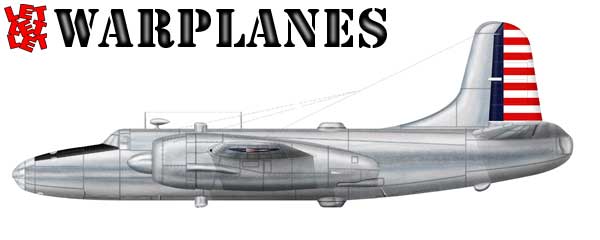
Camouflage and markings:
The first XB-28 prototype was delivered unarmed in bare metal scheme with standard U.S.A.A.C. markings on the wings only and a satin black anti glare panel on the nose. Later it was painted in its obligatory olive drab/neutral grey scheme. The armed second prototype XB-28A was painted in standard olive drab with undersides neutral light grey. Initially it carried only standard A.A.C. markings on fuselage and wings without any registration number on the tail. Later the number ’77’ was painted on the nose of the fuselage. Also a red warning strip for the propeller was painted on the fuselage. Official serial numbers on the tail were never used on both XB-28 and XB-28A.
Tips for the Model builders:
Although the XB-28/XB-28A remains a type very unknown to the general public, there is at least good news for the model builders. Anigrand has released at 1/72 scale under kit number AA-2068 a nice resin kit of the XB-28. Decals and clear vacform parts for the cockpit and nose section are included.
Decals and markings are basically for the olive drab/light aircraft grey XB-28A carrying the registration number ’77’ on the fuselage nose, but the bare metal XB-28 first prototype can of course also be made with this kit!
Nico Braas













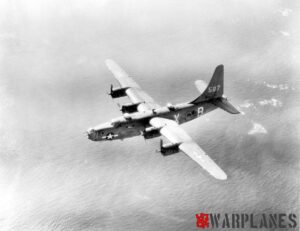
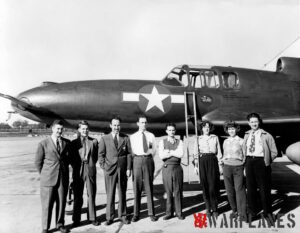
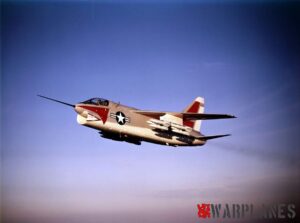
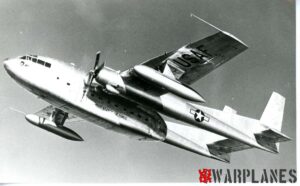
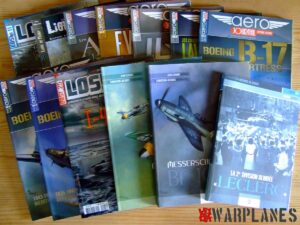
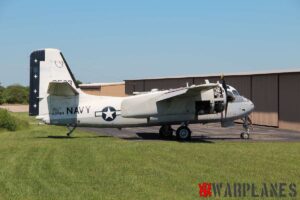
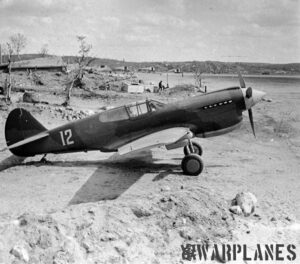
Hi – I have a hand sketched conceptual drawing of this plane from 1939 (still with the twin fin design). It was drawn by Al Algier whom I haven’t been able to find any info on online. Do you know anything about him or what his role in the design process might have been?